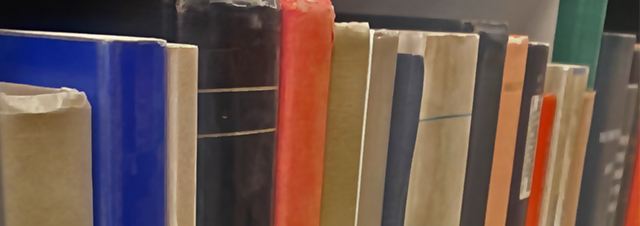
Faculty Publications
Comparative biodegradation of alkyl halide insecticides by the white rot fungus, Phanerochaete chrysosporium (BKM-F-1767)
Document Type
Article
Journal/Book/Conference Title
Applied and Environmental Microbiology
Volume
56
Issue
8
First Page
2347
Last Page
2353
Abstract
The ability of Phanerochaete chrysosporium to degrade six alkyl halide insecticides (aldrin, dieldrin, heptachlor, chlordane, lindane, and mirex) in liquid and soil-corncob matrices was compared by using 14C-labeled compounds. Of these, only [14C]lindane and [14C]chlordane underwent extensive biodegradation, as evidenced by the fact that 9.4 to 23.4% of these compounds were degraded to 14CO2 in 30 days in liquid cultures and 60 days in soil-corncob cultures inoculated with P. chrysosporium. Although [14C]aldrin, [14C]dieldrin, [14C]heptachlor, and [14D]mirex were poorly mineralized, substantial bioconversion occurred, as determined by substrate disappearance and metabolite formation. Nonbiological disappearance was observed only with chlordane and heptachlor.
Original Publication Date
1-1-1990
DOI of published version
10.1128/aem.56.8.2347-2353.1990
Recommended Citation
Kennedy, D. W.; Aust, S. D.; and Bumpus, J. A., "Comparative biodegradation of alkyl halide insecticides by the white rot fungus, Phanerochaete chrysosporium (BKM-F-1767)" (1990). Faculty Publications. 5515.
https://scholarworks.uni.edu/facpub/5515


